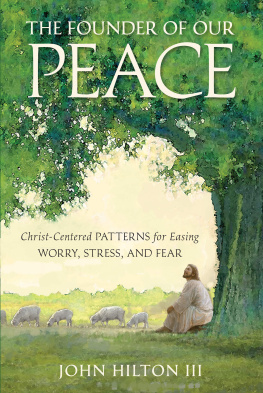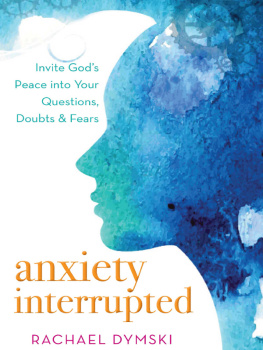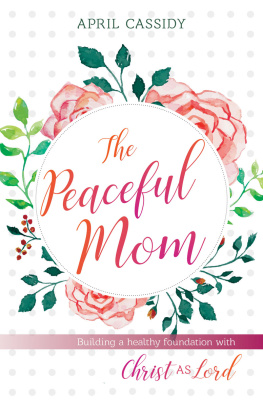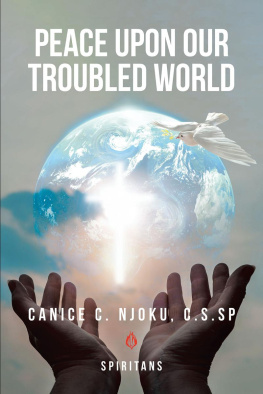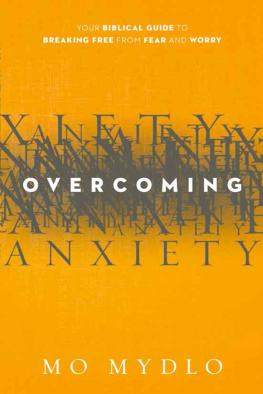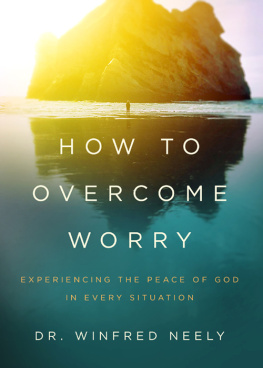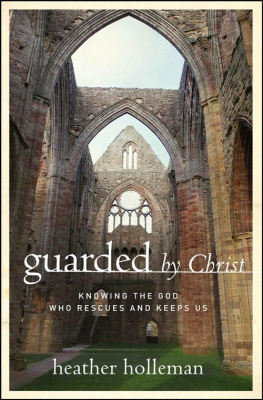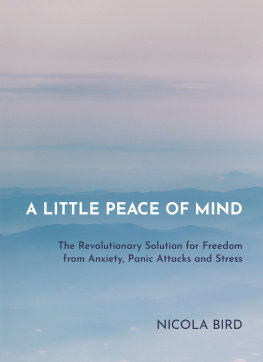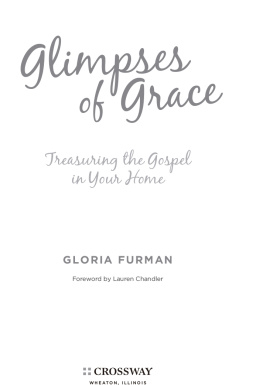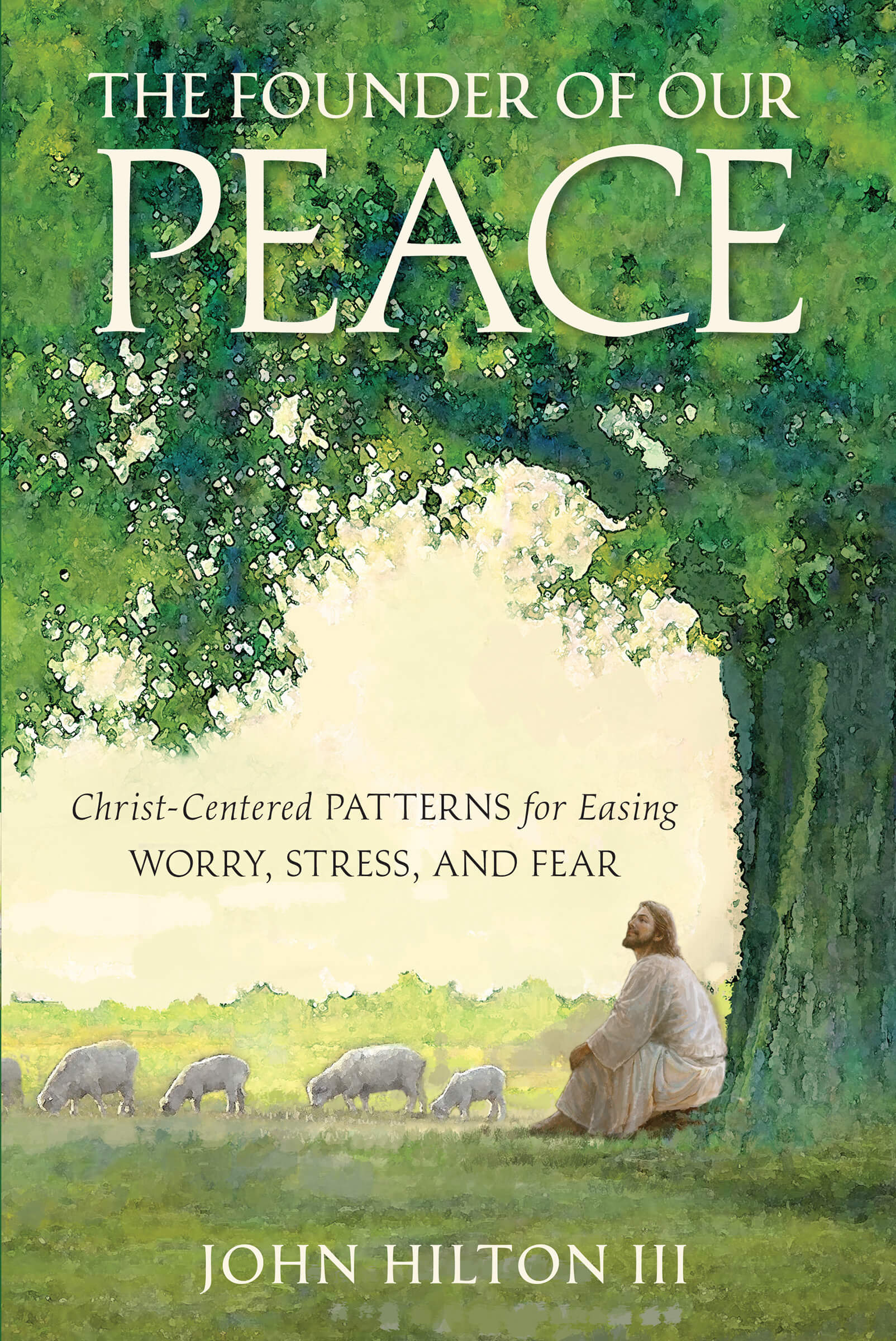Image credits: p. 4, Kristen Andersen; p. 94, Anthony Sweat; p. 124, Tom Child, from The Book of Mormon for Latter-day Saint Families (1999), 120.
2020 John Hilton III
All rights reserved. No part of this book may be reproduced in any form or by any means without permission in writing from the publisher, Deseret Book Company, at permissions@deseretbook.com or PO Box 30178, Salt Lake City, Utah 84130. This work is not an official publication of The Church of Jesus Christ of Latter-day Saints. The views expressed herein are the responsibility of the author and do not necessarily represent the position of the Church or of Deseret Book Company.
Deseret Book is a registered trademark of Deseret Book Company.
Visit us at deseretbook.com
Library of Congress Cataloging-in-Publication Data
Names: Hilton, John, III, author.
Title: The founder of our peace : Christ-centered patterns for easing worry, stress, and fear / John Hilton III.
Description: Salt Lake City, Utah : Deseret Book, [2020] | Includes bibliographical references. | Summary: Describes how using scriptural patterns can bring the peace of Christ into the lives of those who live with stress, worry, and fear Provided by publisher.
Identifiers: LCCN 2019054782 | ISBN 9781629727516 (hardcover) | eISBN 978-1-62973-958-8 (eBook)
Subjects: LCSH: Christian lifeMormon authors. | Stress (Psychology)Religious aspectsChurch of Jesus Christ of Latter-day Saints. | WorryReligious aspectsChurch of Jesus Christ of Latter-day Saints.
Classification: LCC BX8656 .H544 2020 | DDC 248.8/6dc23
LC record available at https://lccn.loc.gov/2019054782
Printed in the United States of America
Lake Book Manufacturing, Inc., Melrose Park, IL
10 9 8 7 6 5 4 3 2 1
Cover illustration, Morning Solace, Yongsung Kim/
Havenlight.com. Used by permission.
Design by Shauna Gibby.
Book design Deseret Book Company
Contents
Acknowledgments
You would not be reading this book were it not for the help of many people. Lani Hiltons consistent love, encouragement, and feedback were invaluable to me. My parents, Lee and Shawna Hilton, read early drafts and provided much-needed direction. Lisa Ropers patient and diligent work in developing this manuscript over various iterations was also instrumental to its publication. Extensive discussions with Anthony Sweat and Matthew Grey provided vital insights and motivation to press forward with this book. Sarah Cox gave valuable research assistance; Kristen Andersen and Lance Good contributed to the visual images. Several amazing individuals at Deseret Book also helped bring this project to fruition: Laurel Christensen Day provided coaching and much-needed encouragement. Thanks to Emily Watts, editor; Richard Erickson, art director; Shauna Gibby, designer; and Breanna Anderl, typographer.
I am also indebted to many readers who provided significant feedback on early chapter drafts, including Bryce Anderson, Matt Beecher, Faith Bleak, Jordan Bleak, Yvonne Carpenter, Reg Christensen, Sydnie Clark, Kevin Clawson, Jacob Curtis, Natalie Delano, Robert Eaton, Brent Fillmore, Lane Fischer, Kimberly Foote, Kristine Frederickson, Emily Freeman, Catherine Fratianni Guevara, Janet Hales, Kate Hales, Tamara Uzelac Hall, Alisa Hardman, Spencer Higinbotham, Cameron Hilton, Lacy Hilton, Frank Judd, Marie Makai Kinikini, Henry Kosak, Gwen Krumperman, Natalie Lange, Dave LeFevre, Tina Lin, Sean Loosli, Kylee Marshall, Sheldon Martin, Julie McBride, Cameron McEwen, Michael McLean, Michelle Saunders Metge, Adam Miller, India Miller, Robert Millet, Ashleigh Moore, Mike Murray, Heather Olsen, Julia Olsen, Lori Olsen, Sally Olsen, Maddy Quast, Angelica Rauenzahn, Brendan Rensink, Eric Richards, Brian Ricks, Annie Robinson, Darrell Robinson, Janet Salls, Samuel Seegmiller, Avram Shannon, Ryan Sharp, Deanna Shaw, David Sorenson, Bryan Tanner, Leah Adkinson Thompson, DeLaina Tonks, Wendy Ulrich, Hilary Weeks, Rick West, Brad Wilcox, David Wiley, Tim Wilson, and Chris Woidka. Other colleagues, friends, and students have also shared valuable insights that have been integrated into this book, for which I am most grateful.
Introduction
These things I have spoken unto you, that in me ye might have peace.
John 16:33
H ave you ever struggled with fear, depression, anxiety, or worry? If so, you are not alone. Jacob, the grandson of Abraham, was greatly afraid and distressed (Genesis 32:7), and Helaman was filled with fear (Alma 58:9). Ammon and his brothers were depressed [in their hearts] (Alma 26:27); Nephite soldiers were depressed in body as well as in spirit (Alma 56:16). Lehi spoke of the anxiety of [his] soul (2 Nephi 1:16); his son Jacob experienced over anxiety (Jacob 4:18), and Alma felt great anxiety even unto pain, being troubled in his spirit because of the poor choices of others (Alma 13:27; Mosiah 26:10). Chief Judge Pahoran worried about the political conditions of his day (Alma 61:19), and Almas son Corianton was worried about the doctrine of the Church (Alma 41:1). You have almost certainly experienced similar debilitating feelings, as have I.
Although finding peace has likely never been easy, it seems increasingly elusive in the latter days. In 1986, President Ezra Taft Benson said, We live in that time of which the Lord spoke when he said, Peace shall be taken from the earth (Doctrine and Covenants 1:35),
My first memory of feeling fear occurred when I was five years old, when a classmates older brother threatened to beat me up. This threat, and those from other bullies I subsequently met, made me afraid to walk to school for several years. More recent attacks on my peace have been ones you probably relate withemployment challenges, people who have seriously wronged me, financial concerns, and struggles with family members, to name only a few. In this book, I will share my personal stories, along with several Christ-centered patterns that have helped me on the path toward greater peace.
I worked on this book for many years, but it coalesced between 2017 and 2018, when I taught at Brigham Young Universitys Jerusalem Center. I loved visiting the sacred sites of different religions and found deep meaning in listening to others share their faith. One afternoon, I sat in the Church of the Holy Sepulchre, venerated by most Christians as the place of Christs Resurrection, and talked with Father Fergus, a Catholic priest with whom I had developed a close relationship.
Father Fergus proposed an ancient answer to the question of Where can I turn for peace? by quoting Revelation 3:20: I stand at the door, and knock: if any man hear my voice, and open the door, I will come in to him. We went on to discuss how we can gain peace from understanding different aspects of the Saviors character, a topic I explore in chapter 1. As Father Fergus and I continued to speak about worry, fear, Jesus Christ, and peace, a phrase from Abinadi echoed in my mind, declaring that our Redeemer is the founder of peace (Mosiah 15:18). What does it mean to be the founder of peace?
In Joseph Smiths day, a contemporary dictionary defined the word founder as One that founds, establishes and erects; one that lays a foundation. Considering these definitions makes the phrase founder of peace much more powerful. The Saviors Atonement lays a solid foundation for peacebecause of his sacrifice, no mortal sorrow or concern will be permanent. Christ offers a permanent and infinite endowment that provides more than enough support for us to have everlasting peace.

